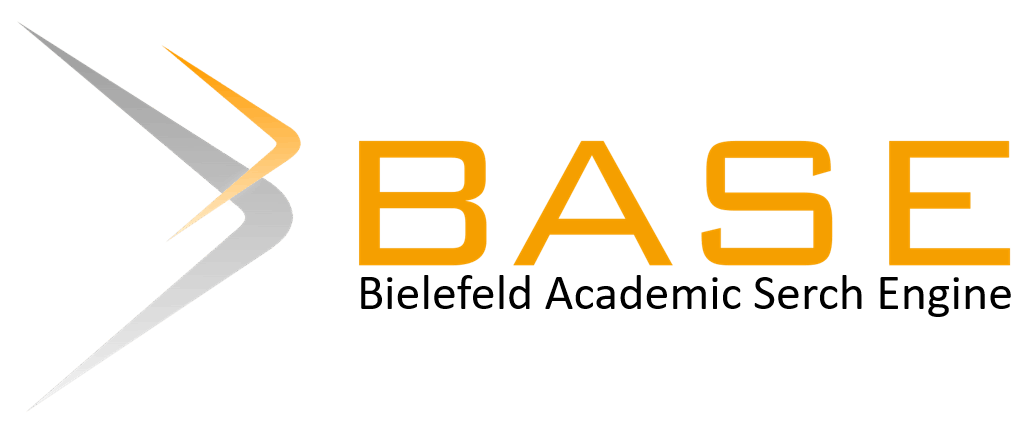The use of snowball throwing model assisted by Kahoot and e-poster to improve students' cognitive abilities in the excretory system material
Abstract
This research is motivated by the importance of learning innovation that is packaged according to the characteristics of generation Z. This research aims to analyze students' cognitive abilities using the Snowball Throwing, Kahoot, and E-Poster models and analyze how big their influence is. This research uses a quasi-experimental method with a quantitative approach. The analysis looks at how the students' cognitive improvement from before to after treatment, how the effect of the Snowball Throwing, Kahoot, and E-Poster models on students' cognitive, and how much influence the Snowball Throwing, Kahoot, and E-Poster models have on students' cognitive. Data collection techniques used pretest, posttest. The instrument used is multiple choice. Pretest, posttest were processed using the N-Gain test, t test, and effect size. Students' cognitive improvement using Snowball Throwing, Kahoot, and E-Poster models obtained an N-Gain of 0.62 (medium). The effect of Snowball Throwing, Kahoot, and E-Poster models on students' cognitive scores was tcount (3.59) > ttable (1.99). The magnitude of the influence of the Snowball Throwing, Kahoot, and E-Poster models on students' cognitive scores d = 0.87 (big). There is a significant effect of Snowball Throwing, Kahoot, and E-Poster models on cognitive.
Keywords
Full Text:
PDFReferences
Aprilanti, Harmita., Qurbaniah, Mahwar., & Muldayanti, Nuri Dewi. (2016). Identifikasi Miskonsepsi Siswa pada Materi Sistem Ekskresi Manusia Kelas XI MIA SMA Negeri 4 Pontianak. Jurnal Biologi Education 3(2): 63-77. https://doi.org/10.29406/188
Aspahani, Elis Lisma., Nugraha, Akhmad., & Giyartini, Rosarina. (2020). Rancangan Media E-Poster Berbasis Website Pada Pembelajaran IPA di Sekolah Dasar. Jurnal Ilmiah Pendidikan Guru Sekolah Dasar 7(2): 158-167. http://ejournal.upi.edu/index.php/pedadidaktika/index
Cecep, Kustandi., Bambang, Sucipto., & Risman, Sikumbang.(2013). Media Pembelajaran Manual dan Digital. Bogor: Ghalia Indonesia.
Christiani, Natalia., Adrianto, Hebert., Anggraini, Lya Dewi., & Goein, Amadeus Michel. (2019). Modul Teknologi Pembelajaran Kahoot. Sukabumi: CV Jejak.
Darmawan, Akhmad. (2020). Pengaruh Penggunaan Kahoot terhadap Hasil Belajar Materi Ruang Lingkup Biologi di SMA Negeri 1 Muncar. Jurnal Edukasi dan Teknologi Pembelajaran 1(2): 91-99. https://doi.org/10.37859/eduteach.v1i2.1974
Fitri, Nur Khikmah., Irsadi, Andin., & Pukan, Krispinus Kedati. (2017). Effectiveness of Snowball Throwing Model with Word Square Media on Activity and Student Learning Results in Adictive and Psychotropic Materials. Journal of Biology Education 6(2): 144-152. http://journal.unnes.ac.id/sju/index.php/ujbe
Hartono, et al. (2012). PAIKEM (Pembelajaran Aktif Inovatif Kreatif Efektif dan Menyenangkan). Pekanbaru Riau: Zanafa Publishing.
Intaha, Ahmad Maulana., Saputra, Yudha Munajat., & Mulyana. (2020). Pengaruh Media Pembelajaran Poster dan Video terhadap Penguasaan Keterampilan Pencak. Jurnal Penelitian Pendidikan 20(2): 145-153. https://doi.org/10.17509/jpp.v20i2.20212
Latuperissa, Friescilya Beatrix & Rumahlatu, D. (2018). Penerapan Model Pembelajaran Kooperatif Tipe Snowball Throwing untuk Meningkatkan Hasil Belajar Siswa Konsep Sistem Pernapasan Manusia pada Kelas XI SMA PGRI 1 Ambon. Jurnal Biopendix 4(2): 102-108. https://doi.org/10.30598/biopendixvol4issue2page102-108
Mishra, Punya & Mehta, Rohit. (2017). What We Educators Get Wrong About 21st-Century Learning: Results of a Survey. Journal of Digital Learning in Teacher Education 33(1): 6-19. https://doi.org/10.1080/21532974.2016.1242392
Moleong, Lexy. J. (2011). Metodologi Penelitian Kualitatif. Bandung: PT Remaja Rosdakarya.
Nana, Syaodih Sukmadinata. (2010). Metode Penelitian Pendidikan. Bandung: Remaja Rosdakarya.
OECD. (2017). PISA 2015 Results (Volume III): Students’ Well-Being. Paris:OECD Publishing.
Peranti, Winnie Yuli., Fakhruddin., & Zulirfan. (2020). Effectiveness of Kahoot! Online Quiz in Improving Student Cognitive Abilities in Physics Learning Circular Motion Material in Grade X SMA Negeri 8 Pekanbaru. Jom FKIP 7(1): 1-11. https://jom.unri.ac.id/index.php/JOMFKIP/article/viewFile/26510/25628
Purwanto. (2018). Evaluasi Hasil Belajar. Yogyakarta: Pustaka Pelajar.
Rosdiani. (2014). Penerapan Model Pembelajaran Kooperatif Tipe Team Games Tournament terhadap Peningkatan Hasil Belajar Siswa Kelas XI-IPA 2 pada Materi Sistem Pernapasan di SMA Negeri 1 Sigli. Jurnal Biologi Edukasi Edisi 12 6(1): 28-33. https://jurnal.usk.ac.id/JBE/article/view/2273/2864
Rosidah, Ani. (2017). Penerapan Model Pembelajaran Kooperatif Snowball Throwing untuk Meningkatkan Hasil Belajar Siswa pada Pembelajaran IPS. Jurnal Cakrawala Pendas 3(2): 29-36. https://doi.org/10.31949/jcp.v3i2.593
Setiawati, Wiwik., et al. (2019). Buku Penilaian Beroerientasi Higher Order Thinking Skills. Jakarta: Direktorat Jendral Guru dan Tenaga Kependidikan Kementerian Pendidikan dan Kebudayaan.
Shoimin, A.(2017). 68 Model Pembelajaran Inovatif Dalam Kurikulum 2013. Yogyakarta: Ar-Ruzz Media.
Suja’i, Muhammad Imam., Rukun, Kasman., Ridwan., Hayadi, B. Herawan., Yanto, Budi., & Permatasari, Ririt Dwi Putri. (2019). The Effectiveness of Learning Media Developed With the Kahoot Application on the Subject of Management Information System. Journal of Physics 1363(1): 1-6. https://doi.org/10.1088/1742-6596/1363/1/012065
Suzana, Yenny & Jayanto, Imam. (2021). Teori Belajar dan Pembelajaran. Malang: CV. Literasi Nusantara Abadi.
Syahputra, Edi. (2018). Pembelajaran Abad 21 dan Penarapannya di Indonesia. Journal of Information System and Education Development. 2(4): 10–13. https://doi.org/10.62386/jised.v2i4.104
Uno, Hamzah B. & Mohamad, Nurdin. (2012). Belajar dengan Pendekatan PAILKEM. Jakarta: PT Bumi Aksara.
Yapıcı, İ.Ümit & Karakoyun, Ferit . (2017). Gamification in Biology Teaching: A Sample of Kahoot Application. Turkish Online Journal of Qualitative Inquiry 8(4): 396-414. https://doi.org/10.17569/tojqi.335956
DOI: https://doi.org/10.17509/aijbe.v8i2.86177
Refbacks
- There are currently no refbacks.
 AIJBE is under Creative Commons Attribution-ShareAlike 4.0 International License
AIJBE is under Creative Commons Attribution-ShareAlike 4.0 International License









